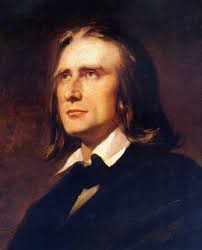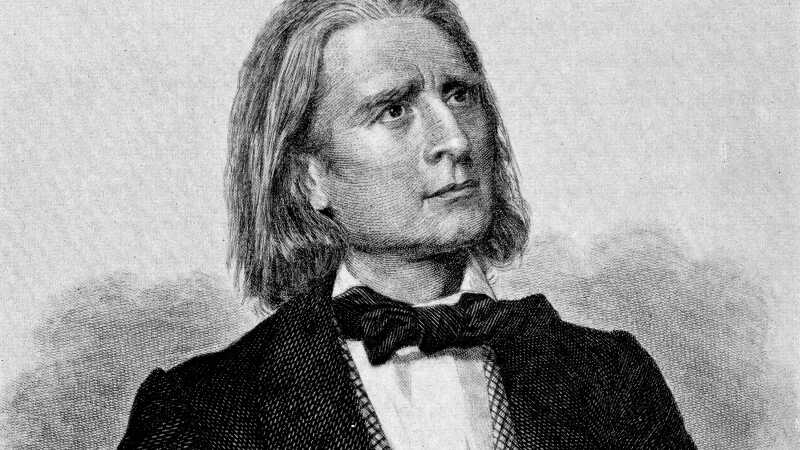The History of Totentanz by Franz Liszt: A Dance with Death in Music
Franz Liszt, the Hungarian virtuoso pianist and innovative composer of the 19th century, had a lifelong fascination with themes of mortality, the afterlife, and religious symbolism. One of the most striking manifestations of this preoccupation is Totentanz (German for “Dance of Death”), a dramatic and virtuosic work for piano and orchestra that stands as a powerful musical exploration of death and the macabre.
Origins and Inspiration
Totentanz was composed over a long span of time, beginning in 1849 and reaching its final version in 1859. The piece is based on the medieval Dies irae plainchant—a haunting sequence from the Requiem Mass that evokes the Last Judgment. The Dies irae had become a recurring motif in Romantic music, symbolizing death and the supernatural, and Liszt employed it here to dramatic effect.
The idea of the dance of death, or danse macabre, was widespread in medieval European art and literature. It portrayed skeletons leading people of all walks of life—popes, emperors, peasants—toward their inevitable end. Liszt, always attuned to grand symbolic ideas, took this concept and transformed it into a compelling musical narrative.
Composition and Revisions
Liszt began sketching ideas for Totentanz in the late 1840s while living in Weimar, where he was serving as Kapellmeister. The initial version of the work was drafted around 1849 but was not performed until 1865, and only in its revised form. Over the years, Liszt continuously revisited and reworked the composition, refining its structure and orchestration.
The piece is essentially a set of variations for piano and orchestra on the Dies irae theme, framed within a fantasia-like structure. It is considered a paraphrase or variational fantasy rather than a conventional concerto. The final version was premiered in The Hague in 1865 with pianist Hans von Bülow, a key figure in Liszt’s circle and a prominent advocate of his music.
Musical Characteristics
Totentanz is a tour de force for the pianist. From its thunderous opening to its fiery conclusion, the work demands not only technical brilliance but also dramatic intensity and interpretive insight. The orchestration is dark and evocative, featuring bold brass writing, ominous percussion, and stark contrasts in dynamics and texture.
The piano writing includes explosive chords, rapid octaves, glissandi, and daring leaps—showcasing Liszt’s deep understanding of the instrument’s capabilities. The variations move through a wide range of moods: from ferocious and nightmarish passages to lyrical, almost prayerful moments that hint at redemption or reflection.
Symbolism and Legacy
Totentanz reflects Liszt’s philosophical and spiritual engagement with death, judgment, and eternity. It mirrors his later years, during which he increasingly turned toward religious subjects and contemplation. The work stands alongside other profound compositions like his Funérailles, La lugubre gondola, and the oratorio Christus.
Today, Totentanz remains one of Liszt’s most striking and original compositions. It is regularly performed in concert halls by pianists eager to showcase both their technical prowess and their interpretive depth. The work also continues to inspire awe with its blend of medieval solemnity and Romantic passion.
Conclusion
Franz Liszt’s Totentanz is more than a display piece; it is a visionary work that confronts the listener with the mystery of death and the power of music to give voice to existential questions. Through his dramatic reimagining of the Dies irae, Liszt invites us to dance with death—not in fear, but in awe of the eternal cycle of life and mortality.


Comments are closed